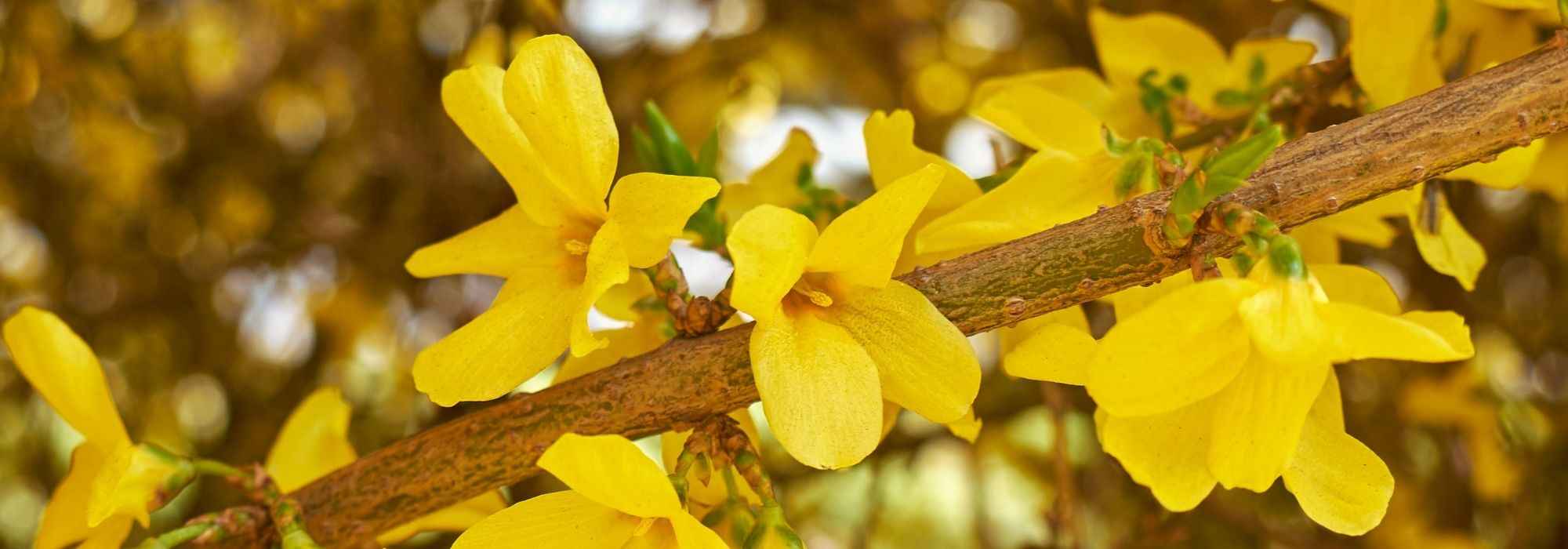
Growing a forsythia in a pot
A beautiful pot of late winter yellow flowers
Contents
The forsythia is a very popular yellow flowering bush in spring in France. Early to bloom, it reveals its yellow flowered branches at the end of winter, even before the leaves appear, heralding the arrival of warmer days! Also known as the “mimosa of Paris” or “forsythia of Paris”, this deciduous and floriferous bush is ideal for beginner gardeners: modestly sized forsythias are easily grown in pots. Less well-known, Korean forsythias (genus Abeliophyllum) stand out by offering white or pink flowers! If you want to enhance your terrace or balcony and enjoy a warm spring display, find all our tips on where, when, and how to plant forsythia in pots!
Also discover everything you need to know about Forsythia: planting, pruning, and maintaining.
Which forsythia to choose for pot planting?
For pot cultivation, we recommend choosing a variety with a compact habit and moderate growth (no more than 1.5 m in all directions at ripeness). Here are some examples of forsythias to plant in pots:
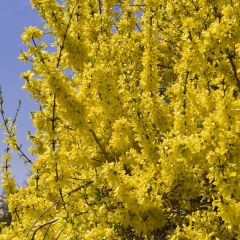
Forsythia intermedia Minigold
- Flowering time April, May
- Height at maturity 1 m
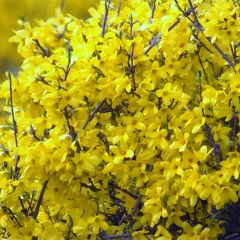
Forsythia intermedia Mêlée dOr
- Flowering time April
- Height at maturity 1 m

Forsythia intermedia Mikador
- Flowering time April, May
- Height at maturity 1 m

Forsythia intermedia Nimbus
- Flowering time April, May
- Height at maturity 1 m
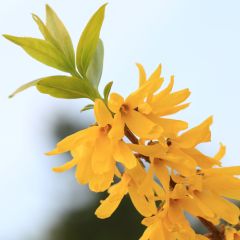
Forsythia viridissima Citrus Swizzle
- Flowering time April, May
- Height at maturity 1 m
Current varieties of forsythia only bloom in yellow. Unfortunately, there is still no cultivar offering a different flower colour. However, the Korean forsythia, which closely resembles the classic forsythia, displays yellow, white, or pink flowering in late winter. There are two: Abeliophyllum distichum and Forsythia koreana.
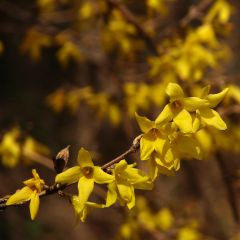
Forsythia koreana Kumsun
- Flowering time April to June
- Height at maturity 1,20 m

Abeliophyllum distichum Roseum
- Flowering time March, April
- Height at maturity 1,50 m
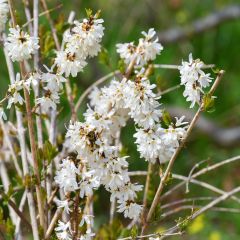
Abeliophyllum distichum - White Forsythia
- Flowering time March, April
- Height at maturity 1,50 m
Read also
Forsythia : plant, prune and maintainWhich pot to choose for forsythia?
Forsythia is planted solitary in a large pot. The container must be spacious enough for the roots of this bush to develop properly. Ensure a container of at least 50 cm in depth and diameter. Ideally, prefer pots made from natural materials (terracotta or wood) which are more breathable than plastic pots, and also frost-resistant to prevent breaking due to cold. Check that the bottom of the container is drained to ensure excess watering is removed, thus avoiding root rot. Forsythia is sensitive to armillaria or root rot, a fungus that thrives in moisture and for which there is no treatment.
Discover other Forsythia
View all →Available in 3 sizes
Available in 3 sizes
Available in 2 sizes
Available in 1 sizes
Available in 3 sizes
Available in 1 sizes
Available in 1 sizes
Available in 1 sizes
Available in 3 sizes
Available in 2 sizes
What soil for a forsythia in a pot?
Forsythia thrives in well-drained, humus-bearing substrates that remain cool in summer. Prepare a mixture of equal parts garden soil, sand, and bush compost (or compost). Forsythia is sensitive to summer drought, so it is important to keep the roots cool without waterlogging the soil. A drainage layer is essential at the bottom of the container to prevent stagnant moisture at the roots, which can suffocate the plant or lead to fungal diseases. A layer of 5-7 cm of clay balls, gravel, or pumice is sufficient.
When to plant forsythia in pots?
For forsythias sold in pots, planting can be done all year round. However, to encourage good establishment of the bush, it is preferable to plant the forsythia in a pot:
- either in autumn from September to November, before the first frosts,
- or in spring, between March and May, before the hot weather sets in.
Plants sold as bare roots should be potted (or placed in a gauge) as quickly as possible after purchase to avoid root desiccation. Plant them from September to November.

Forsythia in a round pot or container (photo on the right Tauralbus – Flickr)
How to plant a forsythia in a pot?
For a forsythia with bare roots, remember to carry out the heeling in and dressing of the roots the day before planting.
Before planting your forsythia (young plant in a pot), soak its root ball in a large bucket of water to moisten it and eliminate any air pockets. No bubbles should rise to the surface.
- In the meantime, place a drainage layer at the bottom of your pot. Tip: cover the drainage with a piece of geotextile fabric to prevent the substrate from escaping through the holes in your container during watering;
- Fill the pot three-quarters full with your substrate mix;
- Remove your bush from its pot and gently loosen the roots of the root ball (especially if they are pot-bound);
- Position your plant centrally in the pot. The top of the root ball should be a few centimetres from the edge of the pot: the collar should not be too high or too deep;
- Fill the gap around the forsythia with the remaining mix;
- Firm the substrate around the roots by hand. Add more substrate if necessary;
- Water generously;
- Cover the surface of the substrate with organic mulch.
What exposure is suitable for potted forsythia?
Forsythia thrives in full sun where it flowers best. Its pot can also be placed in partial shade, but its flowering will be less abundant there. Be aware that in a Mediterranean climate, potted forsythia may suffer from drought.
How to care for a forsythia in a pot?
Watering
Watering potted forsythia must be regular to keep the soil moist but not waterlogged. The substrate of potted bushes tends to dry out quickly. Water as soon as the substrate becomes dry on the top few centimetres; the soil should never dry out completely. During spring and summer, water regularly, about once a week. Increase to twice a week (or more) during prolonged summer drought. Remember that the wind can also be drying. In autumn, gradually space out the waterings, stopping in winter. Mulching around the base of the bush is effective in reducing water evaporation, spacing out waterings, and protecting against frost. As it decomposes over time, remember to add more at the beginning of spring or in autumn.
Fertiliser Application
To support the growth of young forsythias, annual fertilisation with a special organic shrub fertiliser is necessary every spring, in the form of granules to spread, liquid, or powder to dilute in the watering water.
Pruning
For a young forsythia, carry out light pruning at planting in a pot: remove dead, weak branches and damaged parts, and shorten the retained stems by one third.
In the two years following planting, allow your bush to develop, while monitoring the condition of the branching (diseases, injuries).
After three years, you can carry out maintenance pruning of your forsythia, always after flowering (May to mid-June):
- shorten the leafy stems to encourage branching and give it a nice shape
- remove tired branches and those in poor positions
- thin out the centre of the bush.
From four years old, a more severe rejuvenation pruning can be carried out.
Repotting and Top Dressing
Forsythias have rapid growth. Young plants can be repotted every 2-3 years in autumn, into a larger pot (4-5 cm wider) if the bush shows signs of weakness and seems cramped (roots escaping from the bottom of the pot, poor flowering…).
When your adult forsythia reaches a size that prevents repotting, carry out annual top dressing in autumn or at the end of winter before growth resumes. This will refresh the top 5 to 10 centimetres of substrate with fresh potting soil and well-rotted compost to enrich the substrate.
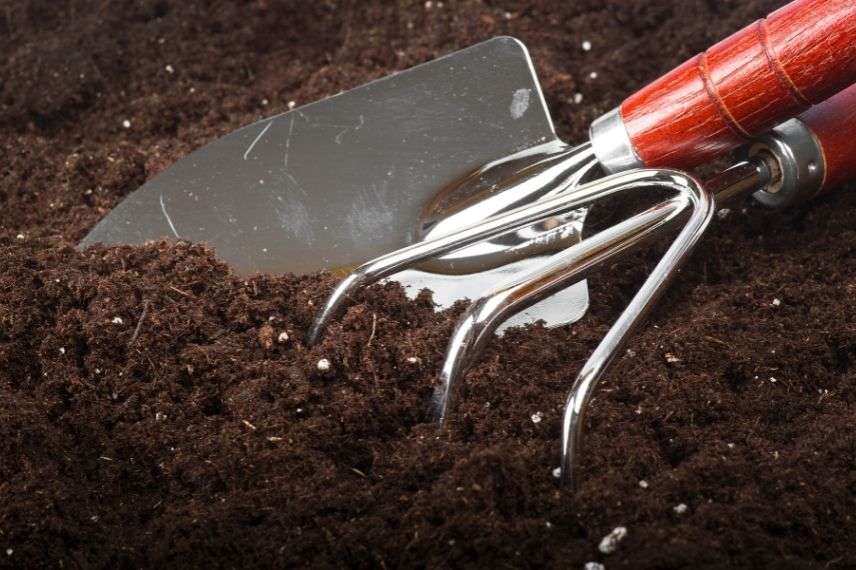 Use a claw to scratch the surface of the substrate
Use a claw to scratch the surface of the substrate
Wintering
Very hardy, forsythia can withstand low temperatures down to -15/-20°C. It actually requires a cold period to flower well. However, it is advisable to protect young bushes grown in pots, which are more sensitive to negative temperatures than those in the ground. If you live in an area with harsh winters, here are some tips for your young forsythia:
- Before the first frosts, add mulch and elevate your pot using wooden blocks so that it is not in contact with the cold ground.
- Insulate the pot by creating an insulating cage around it using polystyrene, straw, leaves, bubble wrap, or geotextile.
- Protect the foliage with fleece. In case of snowfall, shake the forsythia to prevent branches from breaking under the weight of the snow.
For further reading
- Everything you need to know about Root-related bun
- Find all our tips for Planting trees and bushes in bare roots
- Discover our advice sheet Mulching: Why? How?
- Visit our sheet on Potted plants: What is top dressing?
- Prepare your pots for winter with our sheet on Overwintering potted plants to protect them from the cold
- Subscribe!
- Contents

































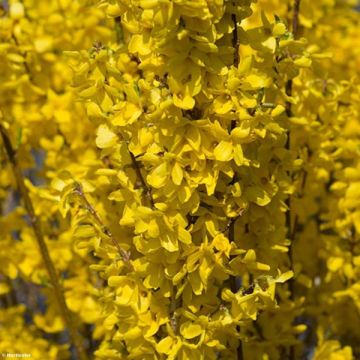

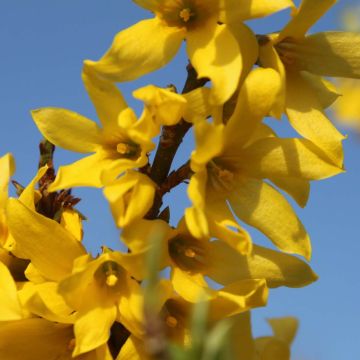
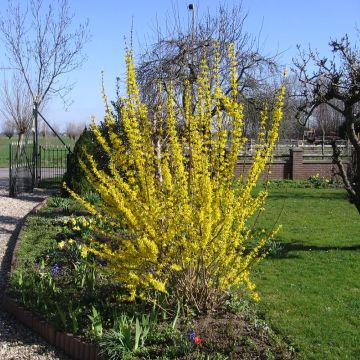
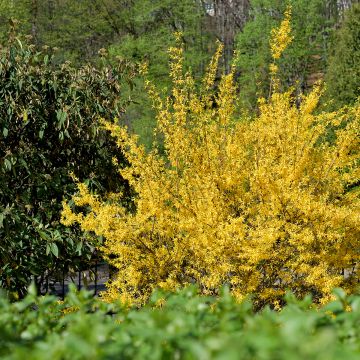
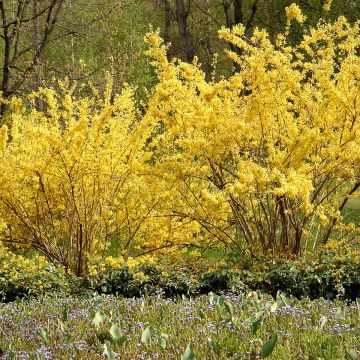


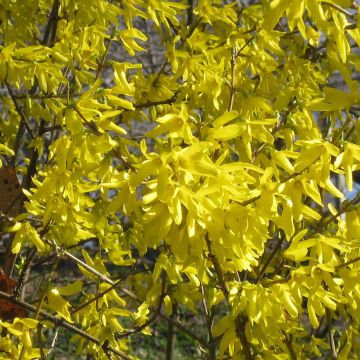
Comments